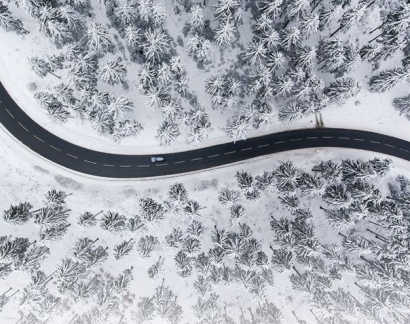
Serving both business and consumers, Neste’s first public high power charging stations will become available at the turn of the year at Neste Hankasalmi Jari-Pekka and Neste Oulunbaari Maikkula service stations. Furthermore, Neste aims to open dozens of new fast charging stations at Neste service stations across Finland by the end of 2024. Neste has received EUR 3 million for the construction of its public EV charging network in transport project funding from the European Union’s Alternative Fuel Infrastructure Facility under the Connecting Europe Facility Program.
“Neste has been at the forefront in reducing transport-related emissions with its Neste MY Renewable Diesel. We will continue to seek out new opportunities for supporting our customers in cutting greenhouse gas emissions. Offering EV charging to Neste customers in Finland is a natural continuum to our product and service development, as diverse solutions are needed to reduce transport-related emissions,” says Katri Taskinen, head of sales for the Neste Finland service station network.
Neste launched its Neste Charging service including smart charging solutions in February 2022 for logistics companies and their subcontractors operating in Finland. In May, the first workplace EV charging solutions were introduced at Neste’s Porvoo refinery and the company’s headquarters in Espoo, Finland. The new Neste MY Renewable Charging stations have been developed to satisfy customer needs, and they fit seamlessly into the Neste service station network, which buys all of its electricity from renewable energy sources.
“The new Neste MY Renewable Charging stations make travel easier for EV drivers, thanks to their convenient location, effortless card payments and charging capacity. Our high power charging stations always use top-of-the-line technology that EV drivers can benefit from especially during rush hour and heavy holiday traffic. We must ensure that the coverage of high power charging stations is sufficient considering the growing number of electric vehicles, and that stations have adequate capacity for multiple cars and drivers simultaneously,” says Taskinen.

